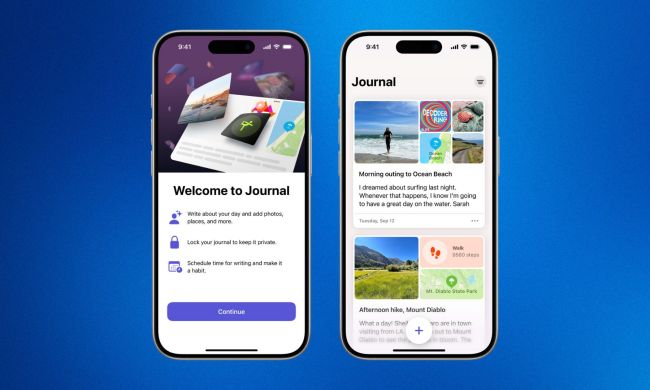Burn out. Silent quitting. Just over it. For the past couple of years, employees have had enough. When we all became remote workers in 2020, companies did their best to ensure morale was up and employees were happy.
But employers haven’t kept things going, and in 2021, and again in 2022, employees reported feeling left out in the cold. If you’ve found yourself not really giving a hoot about your job, you’re not the only one. We’ll break down why you don’t care about your workplace anymore, with a little help from a study by Gallup.

The great decline
Down 2% each year over the past 2 years
While the actual decline has been small, the numbers are still going in the wrong direction. Employee engagement slid two percent from 2020 into 2021, and another two percent from 2021 into 2022. What could be causing that? Employees know why, and employers aren’t figuring it out.
We don’t want to go back into an office. We don’t want to spend our time commuting to that office for perks like flavored water and snacks. We’d rather find a way around being active on Teams with tips from TikTok. Employees aren’t seeing the value their company has. And employers aren’t doing anything to change that perception these days, according to the survey results.
Survey says
Where are they getting this data? Good old surveys. The big heads at Gallup took note of part-time and full-time employees, old and young, asking them about everything from knowledge of expectations at work to opportunities for growth.
The top reasons for the decline
- No growth
- No clear expectations of the job
- Company’s mission not connecting with employees
- Not feeling appreciated
Can the bosses bounce back?
If the higher-ups want to turn things around in 2023 and create a better environment for employees to get back to happy, there are things they should do.
To start with, things to do are
- Audit the company culture
- Weekly one on ones – but make them count
- Have set “in-office” days in the middle of the week
The first thing a company should do is look in the mirror. It starts with a check-in to see if the company is actually following its mission statement.
While lots of employees think most meetings could be an email (and they could be), weekly check-ins are essential. They could be as short as 15 minutes, but they need to happen. Expectations, workload, performance, and anything else either party has should be brought up weekly.
If the company has to have office days for whatever reason, don’t make them Monday or Friday. If office days don’t need to be mandatory, don’t have them. But narrow down the days to get the most employees in together, so no one walks into an empty office and wants to scream.
So, managers, take notice. With only 32% of employees feeling engaged at work, there’s a whole lot of room for companies to figure things out. Getting more involved in the well-being of employees will see higher retention, more productivity, and an increase in the overall health and safety of everyone who works there.
If you are one of the employees in the percentage not feeling appreciated, we hope 2023 gives your boss a reason to show you how much you rock at your job.



